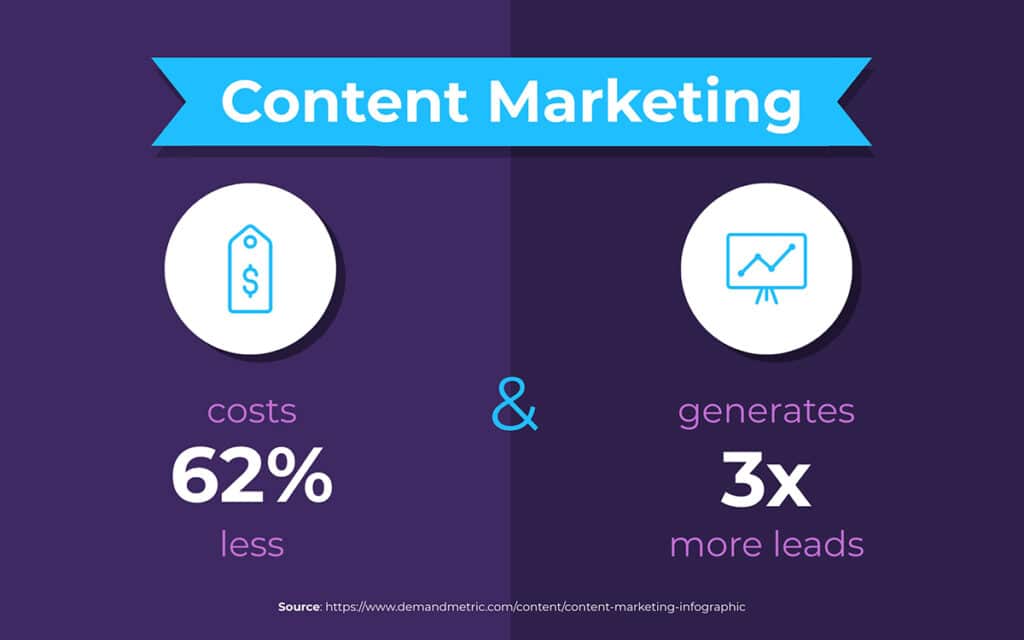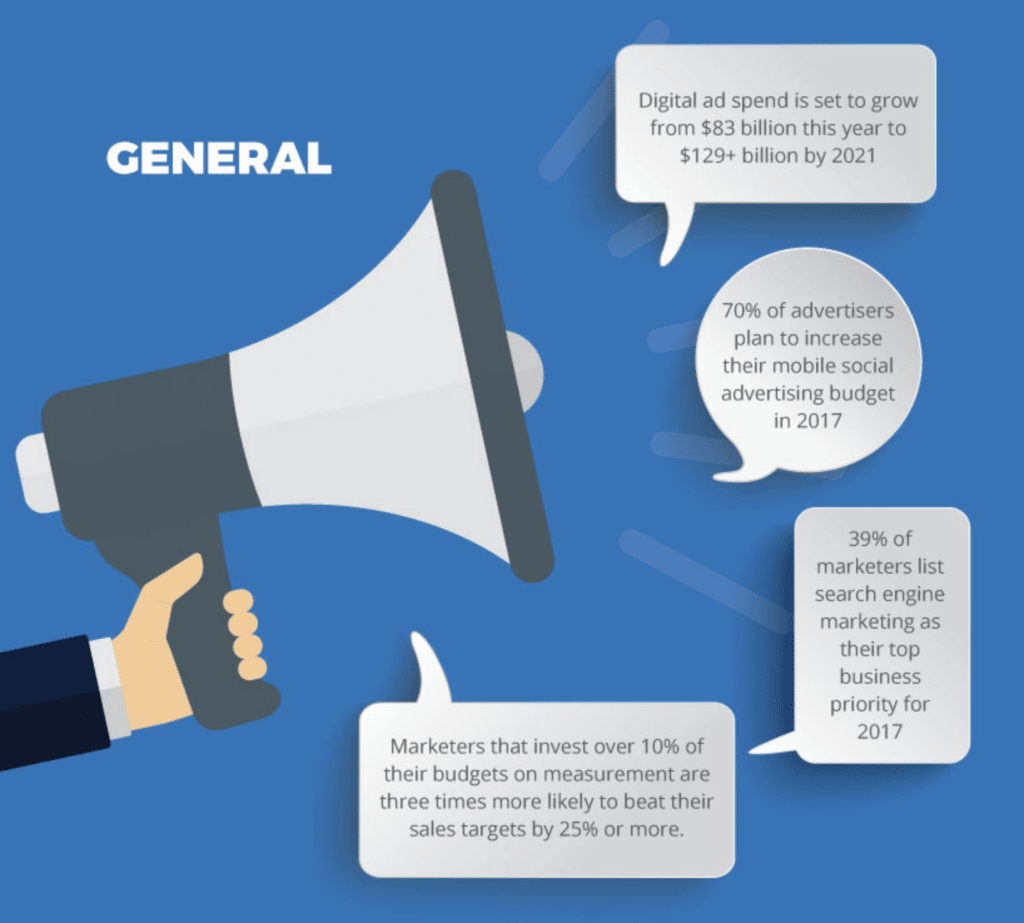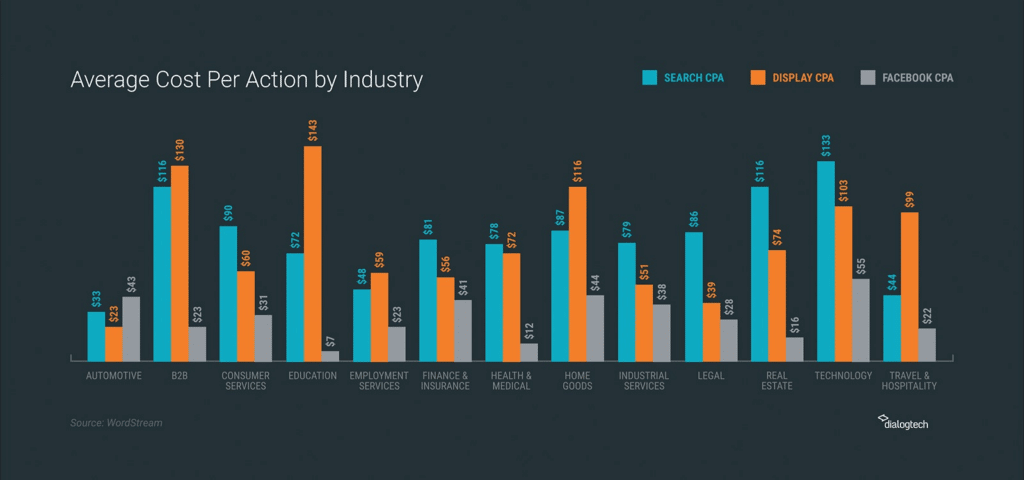If you’re a business owner or in the C-Suite at a tech startup, one of your biggest objectives is to find ways to reach your target customers. This isn’t just about creating a pathway to making a ton of sales, but it’s about building that positive brand affinity, awareness, likeability, and proliferation beyond a simple transaction.
Companies that want to survive and scale over time have to continue doing one thing incredibly well — create a meaningful connection with their target audience. No one gives a shit about what you’re selling or who you are until you actually care about what problems you’re truly solving. Building a company brand — and even a personal brand — really centers around the following:
- Clear positioning and messaging
- Know the buyer’s journey like the back of your hand
- Be authentic and direct
- Push to provide something valuable and helpful
If all you’re after is sales, people will see through that. Even if you get the sale today, you may see that the lifetime value of that customer doesn’t do much for the growth or sustainability of your business.
1. Make valuable content a top priority

In my most recent blog post, How to Build Tons of Value with Your Content Marketing, I discussed the following key strategies that will help you push out quality content that drives a positive ROI:
- Decide the channels and platforms you will leverage to distribute your content.
- Figure out how content will help you be a part of the larger conversation around the problems your target audience faces.
- Determine how your content will contribute to revenue generation and by how much.
- Look at how your content will help nurture your potential buyers, as well as current customers, throughout their entire journey.
- Make sure you have a way to track and measure the performance of your content assets and their marketing.
- Know what your ideal customers are searching for online. Then, determine the keywords and phrases you want to rank for to meet them when searches are implemented.
- Develop topic clusters to help your chances of ranking and meeting the searcher intent.
- Decide which types of content you will work on and test out (e.g. infographics, webinars, checklists, eBooks, tutorials, etc.)
With these strategies in mind, it is also important to understand the type of content that will drive awareness, website traffic, leads, opportunities, and ultimately, sales. This isn’t about just having content to meet your target audience wherever they are in the buying process, but actually developing actionable triggers along the way. Doing so will help you encapsulate the topics and types of content that push for two-way engagement and conversations. Having those qualitative data points are going to be immensely helpful with creating and distributing content that will meet your overall business goals.
If you are just getting started with your content marketing strategy, I would recommend using SEMRush’s Content Marketing Toolkit. This all-in-one tool helps you pick relevant topics, create a schedule, write the content, and then analyze its effectiveness after it is published. SEMRush puts everything in one place so that you can simplify the process and streamline your efforts. Check out their toolkit today to start making your content work for you.
2. Work with other like-minded individuals and companies
Let’s call these like-minded people “influencers” if you will, and the companies “channel partners.” The point is that they share the same vision with not only driving the right audience to your products/services, but they too desire to go after the same target audience. So being able to leverage each other’s platforms and cross-pollinate/promote where it makes sense will be a huge win for both sides.
Determine your budget, KPIs, publishing schedule, rates, and rewards. More specifically, consider the following:
- Work with both macro- and micro-influencers. On the one hand, macro-influencers can expose hundreds of thousands of individuals to your brand with a single post; on the other, “niched down” micro-influencers can get your brand in front of individuals who have a high probability of immediately becoming paying customers.
- Repost and share influencers’ posts featuring your products on your own social media pages, as well. This can allow you to engage with followers in the comments section on your “home base,” rather than just on your influencers’ pages.
- Use discount codes that relate to specific influencers. This will enable you to see which of your influencers are most effective at driving paying customers to your website.
Further, focus on working with quality influencers who have a loyal following with high engagement. Being cognizant of this will also ensure that you are partnering with influencers that will align your goals with theirs. When you narrow down your pool of influencers, your ability to align content and product updates will be easier as well.

A key takeaway here is that you strive for a mutual benefit. Designing a solid influencer marketing program means that both sides are comfortable with the terms and conditions. Make sure that the program is a real win-win. Swag is not a motivator. Influencers within any industry are keen to partner, but only when the relationship enables both sides to succeed.
3. Tell stories, don’t sell solutions
Yes, this falls in line with making content a priority, but the biggest difference here is that attracting your ideal customer really does boil down to how you can paint a story that resonates with the pain points and situations they are facing. When you tell stories, the solution you’re trying to sell will sell itself.
First, build a brand that is based on authenticity attracting people to the stories you tell — there will be an emotional pull that gravitates to you. When it comes time to actually ‘sell’, they’ll buy. Of course, this isn’t a 100% guarantee, but look at GaryVee. (Yes, yes, I know I’ve used him a ton for examples. He’s just such a great example so that’s why!) He has built multiple businesses based on simply telling stories and then giving away advice for FREE. Every piece of content he pushes out is FREE.
However, when it comes time to pitch his books, sneakers, wine, etc., people buy from him. Now I’m going to sound like a total broken record, but people buy from people. When you focus on a longer-term game where you’re not just looking to make a one-time transaction today, the proliferation of your brand — including the equity that builds behind it — will grow substantially.
4. Run targeted advertising campaigns
Get creative with how you advertise and where. The thing I love so much about digital ads is the ability to run 100+ different variations at any given time around the same product/service. Doing so allows you to collect enough data about which ad actually drives engagement that then turns into a sale. The other great thing about digital ads is that even for those who have never heard of your company, you now can serve an ad that will give them some sort of exposure.

That’s the thing that a lot of companies who come to me want. They have tried a bunch of different things and put in a half-assed effort, haven’t seen results, and then given up. I get it, it’s typical for some to want that amazing Tesla but only want to pay for a beat-up 1983 Honda Accord.
Reality check.
If you do this, you will see your marketing dollars wasted on stupid expectations that will make it nearly impossible for you to achieve your marketing and sales goals, let alone achieve your overall business objectives. Just like anything in life, if you want to see solid results, it comes with either an investment in time or money or both. That’s where you’ll find digital ads work like a charm.
There’s no reason why you shouldn’t be running digital ads. They allow you to target down to roles, companies, age, gender, location, affinity, sites people visit, etc. In fact, global digital ad spend will reach $389 billion in 2021. My advice is that if you don’t have the money to hire in-house or even an outside expert to come in and help you get these ads going, then you’ll have to sacrifice your own time to learn how to get them up and running. Legit, your business depends on that.

5. Use social media like a champ
When it comes to developing a successful social media marketing strategy, I like to approach it as I would an entire marketing strategy. To be more specific, you need to know exactly what you want to realistically achieve (with a timeframe attached), how success will be measured, and how it will impact your overall business objectives.
More importantly, figure out which social networks your target audience hangs out on the most and how you can start participating in the conversations they are having around the problems you solve. This could be LinkedIn or Facebook groups, subreddits, TikTok, etc. Become fully immersed in having an authentic interaction that can drive to something more meaningful, such as a generated lead and/or sale.
Make sure that you update your social media profiles and stay on a consistent cadence. Some of my favorite hashtags to help you generate themes every single week are the following:
- #mondaymotivation
- #tuesdaytips
- #wednesdaywisdom
- #thursdaythoughts
- #fridayreads
- #saturdayhustle
- #startupsunday
Each of these provides you enough wiggle room to not be so specific, but broad enough to play around with the creativity of your content updates. Doing so is a great way to help you understand which topics and types of content assets actually drive the desired results you’re looking for. From there, you can adjust as needed, adding in more relevant hashtags to help amplify your reach.
If it seems too daunting to post on social media this regularly, don’t forget that there are many tools out there to help you develop and schedule out posts well in advance. Hubspot is a tool that I recommend to many of my clients because it allows you to not only schedule out social media posts, but also track their engagement afterward. And with Hubspot also offering email marketing and customer service functions, it can be a one-stop shop for your marketing and sales teams. Check out their many features here.
Social media is only effective and impactful to your business and your potential/existing customers if you put in the efforts to continually test. Remember, the key elements to keep top of mind are business objectives, your target audience, milestones you want to achieve along the way, a cadence for posting, and being clear on what you’ll measure to determine whether or not your social media strategy is successful.
Moving forward
Make sure that as you push to really expand your reach and narrow in on a specific target audience, continually put their needs at the forefront, not yours. In order to ‘be present’ wherever they are, you have to want to actually help, not just sell whatever it is that you’re trying to sell.
This is the way you stand out from the crowd. It’s not just about having a big budget for advertising and shouting out how awesome you are, but it’s about building a brand that will organically get people to come to you.
Disclosure: Please note that some of the links above are affiliate links. I only recommend products and services that I use and stand behind, and if you decide to try them, I will earn a commission at no cost to you. Doing so helps me run this blog and provide free content for you, my readers.